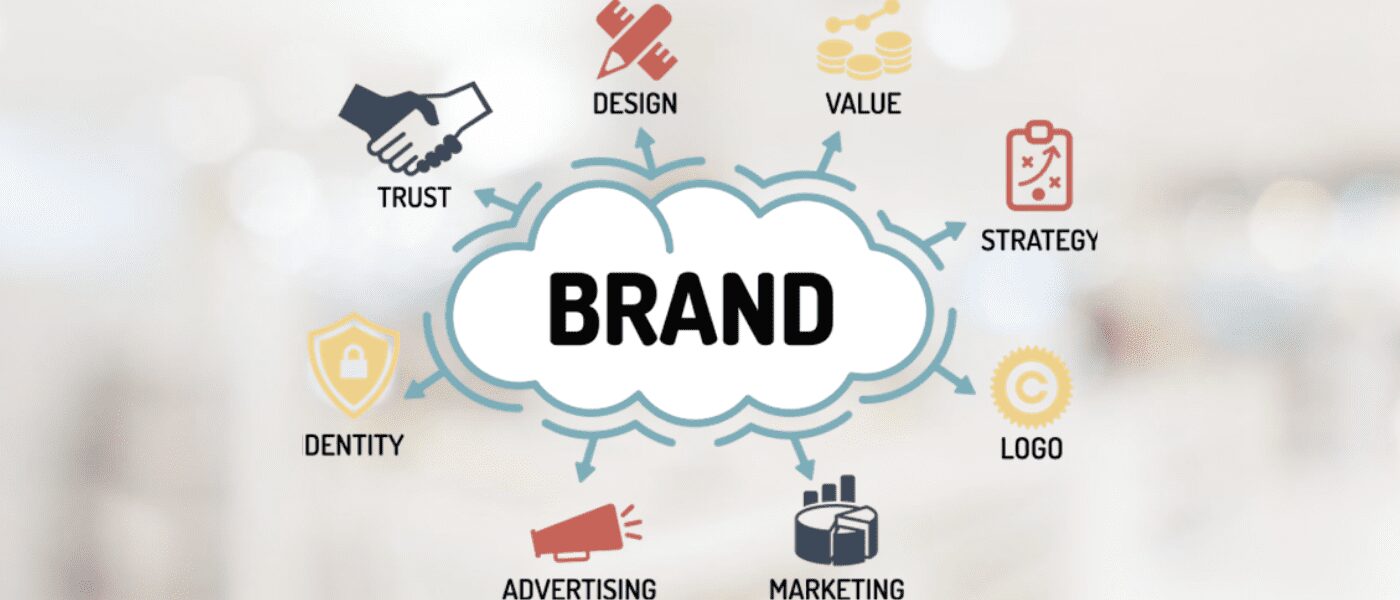Striking the right balance between customer retention and acquisition is essential for any business aiming for long-term success. Attracting new customers fuels growth, while retaining existing ones ensures stability and consistent revenue. Balancing customer retention vs. acquisition is not just about maximizing profitability; it’s about sustainable growth. By focusing on both strategies, businesses can thrive without missing opportunities—whether through losing loyal customers or failing to grow their customer base. When combined thoughtfully, these two strategies complement each other and set your business on a solid path for growth.
What is Customer Retention?
Customer retention refers to the efforts a business makes to encourage its existing customers to continue purchasing products or services. Beyond the initial sale, retention focuses on building a long-term relationship by offering personalized experiences and consistent value. It ensures customers feel valued and engaged with your brand.
Businesses benefit greatly from strong customer retention because retained customers typically spend more over time. Satisfied customers often become loyal advocates, promoting your brand through word-of-mouth.
Key Benefits of Customer Retention:
- Retained customers frequently make repeat purchases.
- Retention is cost-effective compared to customer acquisition.
- Loyal customers can refer others, driving organic growth.
- A strong retention strategy builds trust and brand loyalty.
- Retained customers need less marketing, as they are already familiar with your offerings.
Retaining customers helps businesses stabilize their revenue streams. Predictable sales from loyal customers provide a financial safety net, allowing companies to invest confidently in new opportunities and innovations. This stability is crucial, particularly in uncertain times.
The Basics of Customer Acquisition
Customer acquisition involves attracting new customers to your business. This process can be more expensive upfront, but it’s necessary for growth. Through marketing, outreach, and advertising efforts, businesses connect with potential customers and convert them into paying clients.
Acquisition not only helps businesses expand their customer base but also introduces new revenue streams. Without acquisition, businesses risk stagnation.
Key Benefits of Customer Acquisition:
- Acquisition drives growth and expands market reach.
- It introduces new customers, creating fresh revenue opportunities.
- Expanding your customer base increases brand awareness and visibility.
- A diverse customer base reduces the risks of depending on a small group of clients.
Acquisition efforts should be strategic. Businesses must focus on reaching the right audiences and converting potential customers into loyal ones. By combining outreach with compelling offers, companies can acquire new customers efficiently.
Retention vs. Acquisition: The Key Differences
Retention and acquisition serve different purposes, but both are essential to a business’s overall success. It’s important to understand how these strategies differ so you can allocate resources effectively.
Retention is about maintaining relationships with current customers and encouraging them to return through personalized experiences and long-term engagement. It focuses on customer satisfaction and increasing the lifetime value (CLV) of each customer.
Acquisition, on the other hand, is about reaching new audiences and converting them into customers. It often involves marketing efforts like advertising, promotions, and content creation to build awareness and interest.
Both strategies are essential, but they work best together. Acquisition helps grow your market, while retention maximizes the value of the customers you already have.
Why Balancing Retention and Acquisition Matters
It’s crucial for businesses to strike a balance between retention and acquisition. Focusing solely on one over the other can lead to missed opportunities. Overemphasizing acquisition may cause your business to overlook the value of retaining existing customers. On the other hand, putting all your resources into retention might limit your ability to attract new customers and grow your market share.
Why Balance is Key:
- Sustainable Growth: Acquisition brings new customers, and retention ensures they stick around.
- Cost-Effectiveness: Retention strategies are generally more affordable, while acquisition requires a bigger investment.
- Brand Loyalty: Retention builds trust, while acquisition increases your overall market presence.
- Long-Term Success: Balancing both strategies leads to steady revenue and growth.
By balancing both, businesses can create a sustainable flow of new customers while retaining those who have already shown loyalty.
The Cost of Acquisition vs. Retention
Customer acquisition costs are often higher than retention costs. On average, it costs five to seven times more to acquire a new customer than to retain an existing one. This difference is primarily due to the advertising, lead generation, and marketing efforts required to attract new customers.
Retention, in contrast, relies on maintaining relationships with customers who already know and trust your brand. This makes retention more cost-effective, especially when using personalized marketing tactics like email campaigns or loyalty programs.
Cost Breakdown:
- Acquisition: Advertising, social media campaigns, referral programs, lead generation.
- Retention: Email marketing, loyalty programs, customer support, follow-up strategies.
While acquisition costs are higher, they are a necessary investment to bring in new customers. However, balancing these efforts can lead to long-term savings and more sustainable growth.
Email Marketing: A Bridge Between Retention and Acquisition
One of the most versatile tools for balancing retention and acquisition is email marketing. It allows businesses to keep in touch with their current customers while also reaching out to potential new ones. With personalized emails, companies can stay top of mind for their customers, encouraging repeat purchases and long-term loyalty.
How Email Marketing Supports Both:
- Retention: Send personalized offers, updates, and promotions to keep customers engaged.
- Acquisition: Capture leads with sign-up forms, welcome emails, and targeted campaigns.
- Cost-Effective: Email marketing is one of the highest ROI marketing tools available.
- Automation: Automated emails allow businesses to nurture leads and retain customers with minimal effort.
With segmented email lists, businesses can tailor their messaging based on a customer’s purchase history, interests, or engagement level. This ensures that the right people receive the right messages at the right time, making email marketing a powerful tool for both retention and acquisition.
Retention Strategies: Keep Your Customers Engaged
Customer retention requires a proactive approach to keep customers coming back. By investing in retention strategies, businesses can create value and strengthen their relationships with existing customers.
Effective Retention Strategies:
- Loyalty Programs: Offer exclusive rewards or discounts to loyal customers.
- Personalization: Use customer data to send targeted messages and personalized offers.
- Proactive Customer Support: Quickly address customer issues to improve satisfaction and prevent churn.
- Exclusive Offers: Provide special deals or early access to products for your best customers.
By implementing these strategies, businesses can ensure their customers remain loyal, increasing the likelihood of repeat purchases and overall satisfaction.
Acquisition Strategies: Expand Your Reach
Acquiring new customers requires effective outreach and the right messaging. Businesses must identify potential customers and create compelling reasons for them to engage.
Key Acquisition Strategies:
- Targeted Ads: Use data-driven advertising to reach the right audience.
- Referral Programs: Incentivize existing customers to refer new business.
- Social Media Campaigns: Build brand awareness and drive engagement through relevant content.
- Partnerships: Collaborate with complementary businesses to reach new audiences.
Acquisition strategies should be tailored to your target audience. Businesses that focus on delivering value and solving customer problems will find greater success in attracting new customers.
Finding the Right Balance
Balancing customer retention and acquisition is essential for sustainable growth. Retaining existing customers offers long-term profitability, while acquiring new ones expands your reach and drives future growth. By investing in both strategies, businesses can thrive in competitive markets, enjoy steady revenue, and build lasting relationships with their customers. Leveraging tools like email marketing and data-driven insights, companies can maintain a healthy balance that ensures long-term success.









